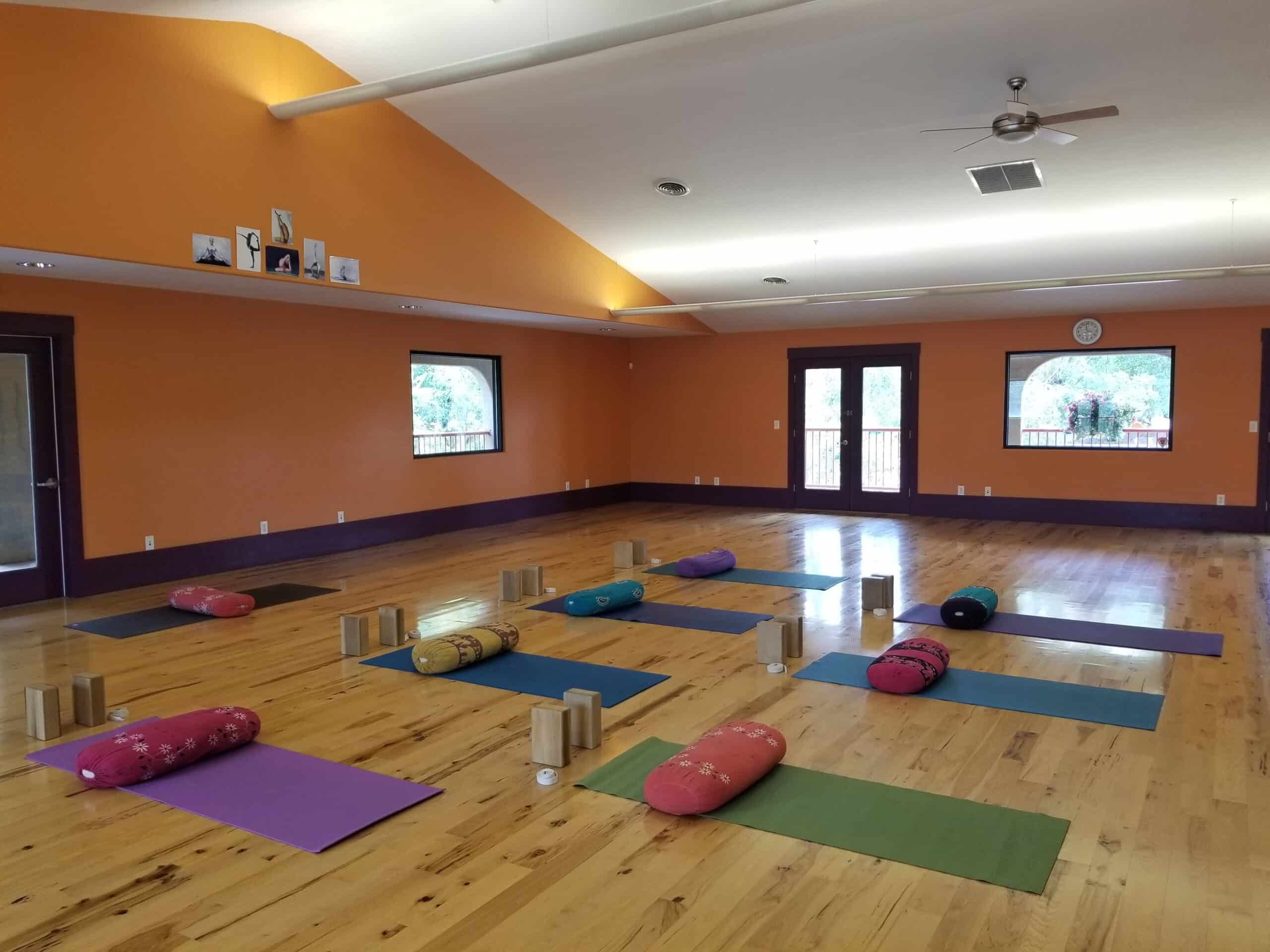Visualization is the New Meditation | By Shenna Jean
If you’re looking for a new toy to put in your personal growth toybox to play with, look no further than visualization. This technique is free, fun and fast to get in action with, and has the science and research behind it to convince even the biggest skeptic.
A study in 1995 by neuroscientist Alvaro Pascual-Leone at the Harvard Medical School led to some revolutionary findings that have changed the way we think about the brain. He had one group physically practice playing the piano and the second group only mentally practice the same sequence. By measuring their neural activity, what they found was astonishing; there was very little difference between the areas of the brain that were growing and changing in both groups.
Essentially, we learned two incredibly important things from this: we can change our brain structure simply with our thoughts and, when singularly focused, the brain has a very tough time distinguishing between its internal environment and the external world. Enter the concept of neuroplasticity — the ability to change the neural structures of our brain through growth and reorganization.
Celebrities and athletes have been tapping into the power of visualization for years; a quick google search on visualization and Michael Phelps, Lindsey Vonn, Oprah, Will Smith or Jim Carrey will give you some great examples of people who have credited much of their success to this life-changing practice when paired with action.
So, what is it exactly? Similar to meditation, visualization exercises often involve closing your eyes, relaxing your body and then imagining or projecting an image or movie in your mind. You can visualize something from your past, create something of the future or even mentally rehearse a big event on the horizon.
When you are fully engaged in visualization, your brain is entering lowered brain wave states such as alpha and theta. Accessing these subconscious states is a powerful way to reprogram subconscious beliefs and thought patterns that are picked up from childhood and throughout our life experiences that may be holding us back from achieving our full potential. It’s also a great activity to train your brain.
The benefits of visualization are powerful and far reaching. Since the brain is having an experience of “doing something already,” the stress response is lowered in our body, bringing down the levels of cortisone and adrenaline.
When we engage in visualization, we’re priming many parts of the brain responsible for sorting important information, like the Reticular Activating System (RAS). The RAS acts like a bouncer for your brain: it scans your environment to bring in opportunities, people and things in alignment with what you’ve indicated is important to you. It’s the part of your brain that always hears your name in a crowded room or suddenly starts seeing the car you’ve been thinking about buying on every street. Through visualization, we can directly influence what the RAS scanning your environment for sees as important information, instead of just leaving it to chance.
Are you ready to get started? If you’re new to the visualization game, here’s a few hot tips I recommend you keep in mind:
TRUST + ALLOW
Coming to this practice with an open mind is important. Trust that you will see whatever you’re meant to see and allow yourself the curiosity and compassion to explore whatever comes up.
PRACTICE
It’s called practice for a reason, and it makes progress, not perfection. The more you flex your visualization muscle, the easier it will become and the more results you will be able to see from it. You may not get a crystal-clear picture the first few times you practice visualization — that’s okay and totally normal!
SET THE STAGE
Consider that your state of mind going into the visualization is really important. Trying to visualize your future when you’ve just gotten into a fight with your partner, had a long day at work or are wiped out from being with the kids all day isn’t the best idea. Set aside some time for yourself where you can have a quiet place, potentially after exercising and with a mug of your favorite tea to get snuggly with.
BE OPEN TO INTERPRETATION
The best part about what you see is that you can interpret it anyway you’d like to; it’s your vision! You can always change it, make it mean what you need it to right now. There really isn’t a right or wrong way to go about this, as long as you’re getting in action with it!
Originally published in the Summer + Fall 2021 issue.
The Ninja Nutri Pro is a compact blender that allows you to take your smoothie on the go [...]

Subscribe to Our Tribe
Stay up to date with Y+L News, Events and special announcements.










